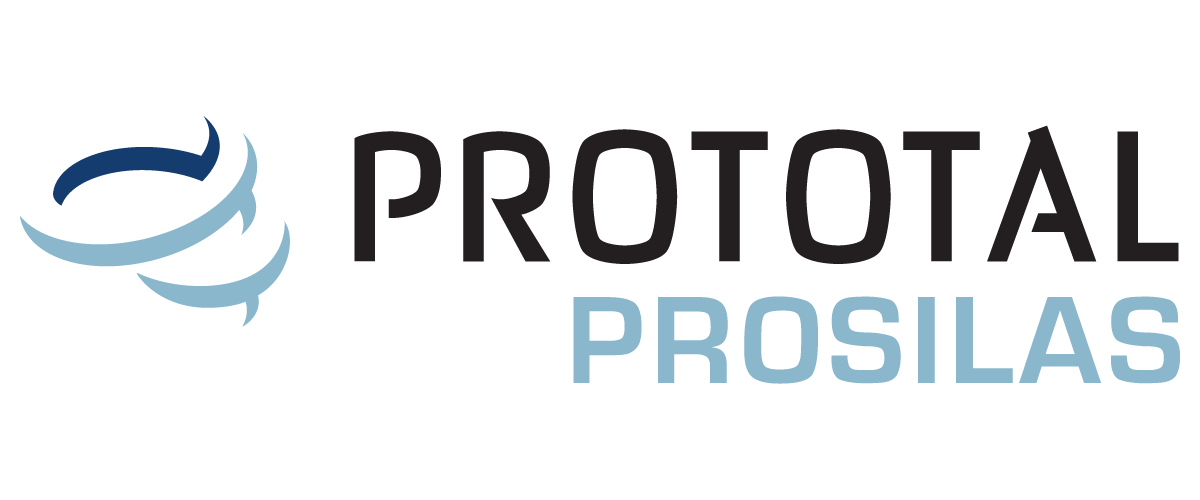Bronchial Stent
Prosilas in collaboration with the Bambino Gesù Hospital of Rome has realized a 3D printed bronchial stent.
In 2017 Prosilas, already a leading company in additive manufacturing, received a request from a researcher from the Bambin Gesù Hospital in Rome for the realization of a polycaprolactone stent.
Firmly believing in the project, the company decided to invest in research and development and, after two years of experimentation produces – in just 6 months from the first tests – the first bio-compatible and absorbable stent, making possible the first transplantation of a 3D bronchus in Europe.
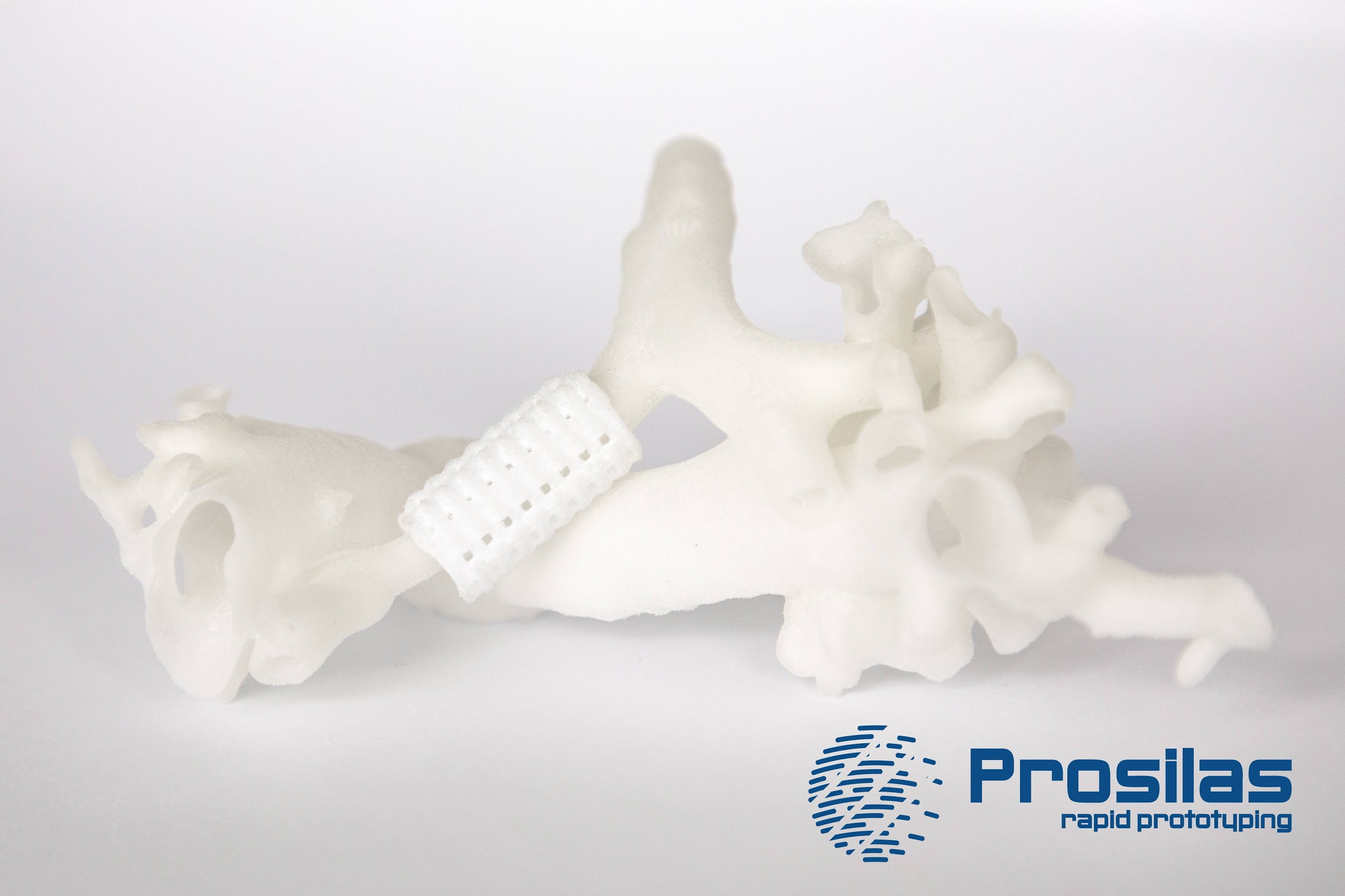
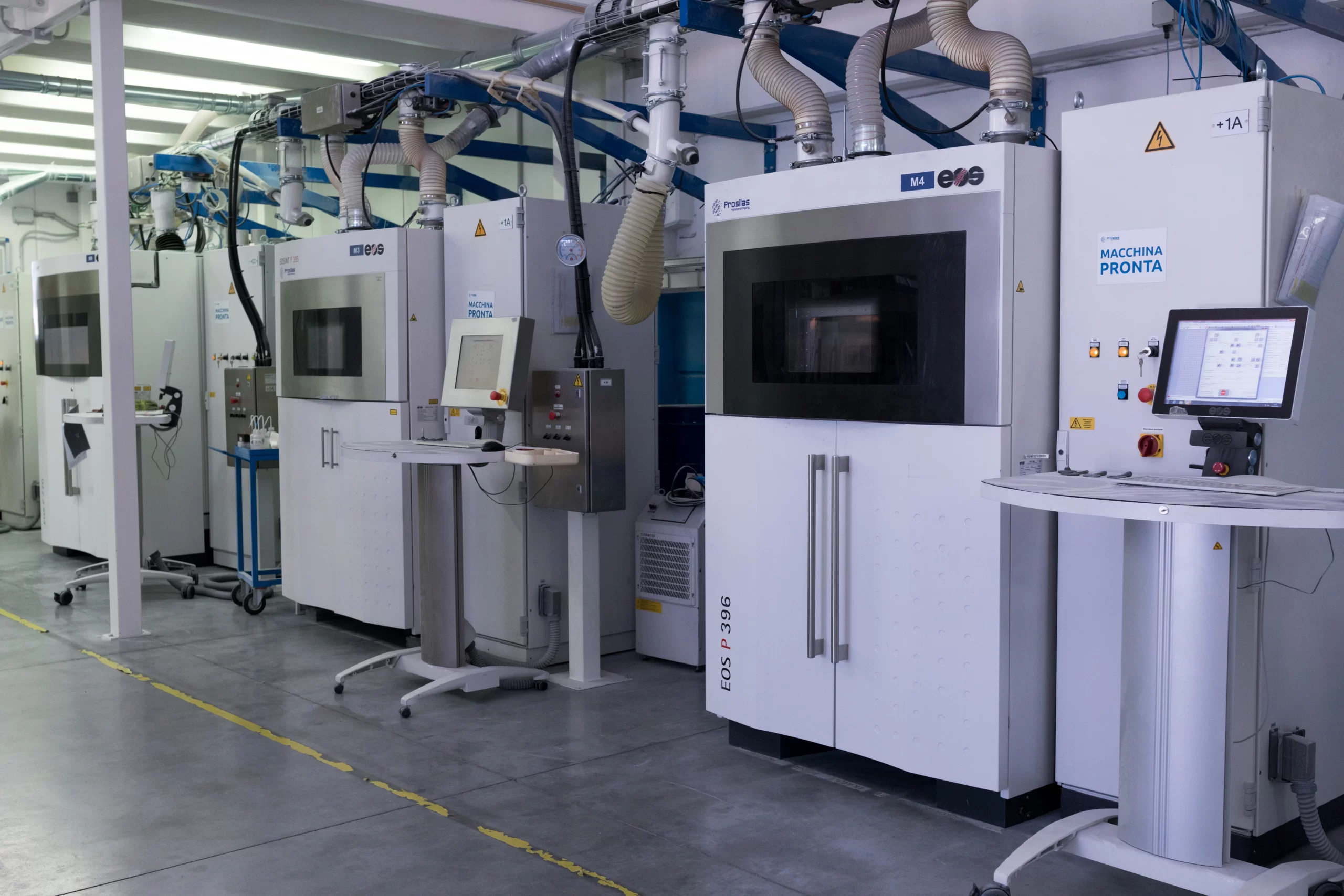
Prosilas: the company
Prosilas was founded in Civitanova Marche in 2003 as a company that offers rapid prototyping services through the use of additive technologies and 3d printing.
It is active in the automotive, motorsports, aviation, medical, footwear and industrial sectors.
Its production system includes more than 10 additive manufacturing systems with SLS and SLA (Stereolitography) technologies.
Within the company there is a pre-process design and optimization department, an area dedicated to aesthetic and functional post-process treatments, a metrological station for quality control and an area dedicated to research and development.
A creative “corpus” that makes it able to provide consulting and service for additive manufacutring production.
Bronchomalacia: what is it?
Bronchomalacia is a relatively rare disease. It consists of a congenital or acquired anomaly affecting the large respiratory tract. It most frequently involves the left main bronchus and manifests itself with a yielding or narrowing of the cartilaginous rings that support the bronchial wall, preventing the normal flow of air in the lung and, in the most severe cases, making patients unable to breathe independently.
A 5-year-old boy was affected and the doctors of the Bambin Gesù Hospital were looking for a way to save his life without having to use lifetime a respirator.
The child’s bronchus was squeezed between the left pulmonary artery and the descending thoracic aorta. This compression had generated the narrowing of the respiratory duct and the yielding of the cartilage rings that support the wall of the bronchus.
The fundamental problem was constituted by the material and shape of the stents which are usually metallic and are implanted inside the hollow organs.
There was a need for a stent that could act as an external structure, which would support the bronchial walls and allow them to regenerate.
It also had to grow with the child’s body – without breaking or causing hemorrhages – to be absorbable and to facilitate breathing.
Hence the researchers request all European companies that deal with 3D printing for the creation of a biocompatible bronchus, a request that none was able to provide.
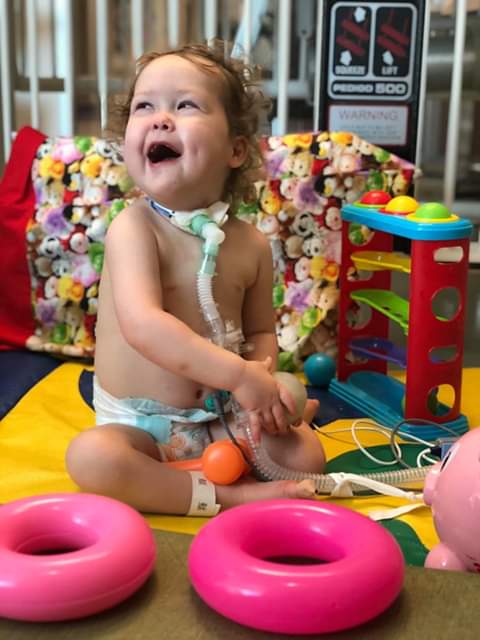
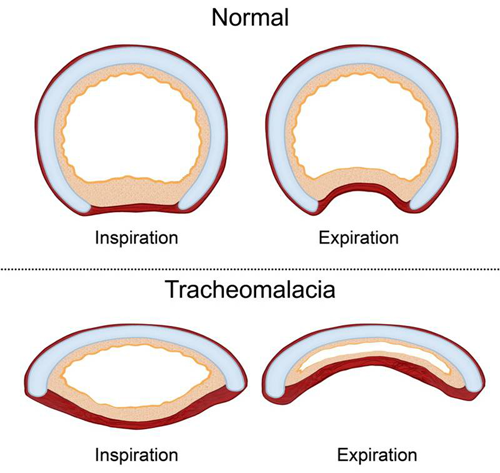
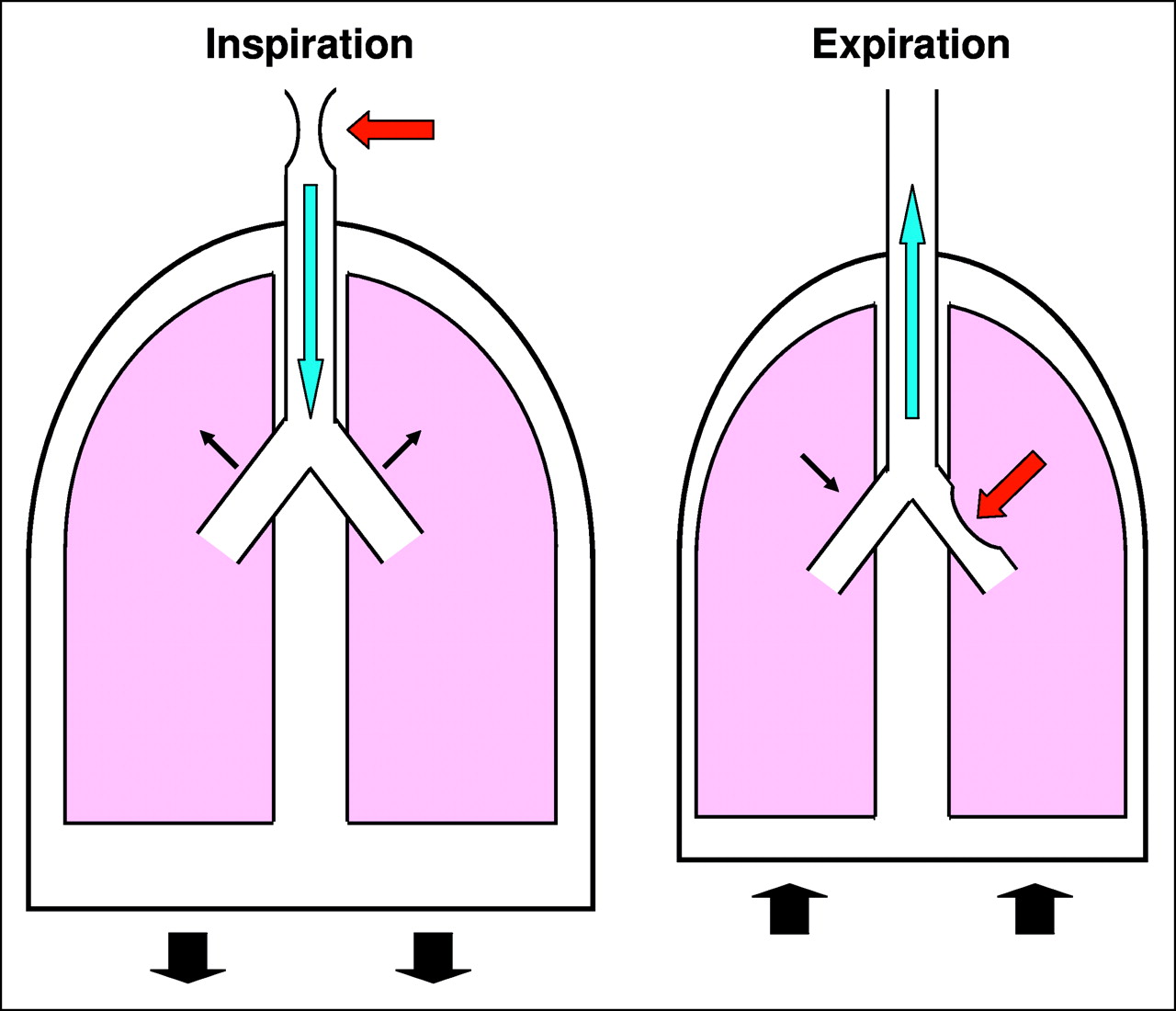
“In 2017 we received the first request for a polycaprolactone stent from a researcher of the Bambino Gesù Hospital of Rome. Until then we had never heard of Polycaprolactone. Believing in the project, we decided to invest in research and development working on the properties of the material and buying a new machine entirely dedicated to the project”, says Vanna Menco, CEO of the company, because «we realized that we were faced with something so extraordinary that it was worth trying”.
Case Study
The stent was made by combining hydroxyapatite – already an elective material for the construction of devices intended for bone regeneration – and polycaprolactone, a biocompatible polymer that can be completely bio-assimilated within a couple of years and which, up to now, had never been printed in 3D.
The creation of the stent is the result of work that involved various players in the additive manufacturing process. It took 6 months to go to the idea to the realization.
The geometries were created starting from the two-dimensional images (CT) made in the Department of Diagnostic Imaging by dr. Aurelio Secinaro and then co-designed by Dr. Luca Borro of “Unità di Innovazione e Percorsi Clinici.”
For the mechanical resistance tests, we cooperate with the University of Modena and Reggio Emilia and numerous experiments were necessary, especially in terms of sterilization of the device.
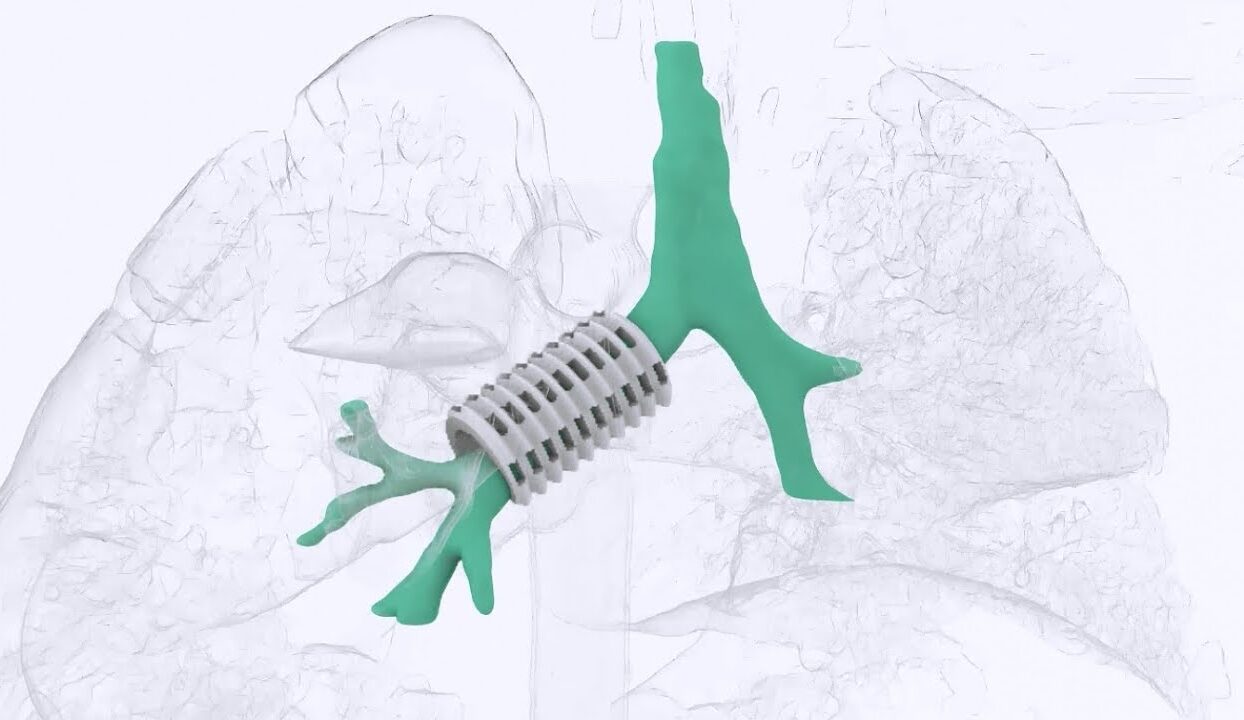
«The geometry allows both the cells not to sink to the bottom where they are unreachable by nutrients, and to guide their
proliferation and growth»» Vanna Menco, CEO Prosilas
From 3D to 4D printing
The creation of the stent with additive manufacturing technologies is a clear example of the very evolution of traditional 3D printing technologies in the so-called 4D printing or bioprinting.
A fourth dimension is added to the three dimensions to represent the transformation of materials over time. A very challenging evolution that can represent a physiological passage for those who have believed in and worked in the additive manufacturing
field since the very beginning.
The experience and determination of Vanna and Giulio Menco and of all the Prosilas staff have been fundamental to the success of the project which projects Italy among the world leaders in 3D printing.
“Soon other kinds of stents will be completely replace: the easily dislocatable silicone stents and metal stents which, once incorporated into the wall of the airway, are no longer removable and can interfere with the growth of the child’s respiratory system.
The 3D “bronchus” implanted on our little patient, on the other hand, will disappear from the body within a couple of years. It is reasonable to think that, in the meantime, it will have induced the generation of a peribronchial fibrous reaction which will somehow “replace” the function of the damaged cartilage: the bronchus will thus be able to support itself and will have the possibility to develop and continue to grow”. Explains the heart surgeon Adriano Carotti.
The surgery
The surgery was performed on October 14, 2019 by Dr. Adriano Carotti, head of the “Unità di Funzione di Cardiochirurgia Complessa con Tecniche Innovative,” ‘, in collaboration with the airway surgeons of the Laryngo-Tracheal Team, directed by Dr. Sergio Bottero.
The implant in the child was possible thanks to the authorization by the Ministry of Health for compassionate use and Prosilas created the device pro bono.
The child was able to go home one month after the surgery and will
have a normal life.
“We are happy to have won an enormous challenge: saving a child’s life. We make our experiences and our process available to the medical world so that they can be a useful tool for improving the lives of people”.
Vanna Menco, Ceo Prosilas
Press release
Il Sole 24 Ore – Prosilas cresce con stampi in 3D nel settore biomedico di Michele Romano – 25/7/19
3D4Growth – Prosilas: ritorno alla vita grazie alle tecnologie di Additive Manufacturing di Francesco Puzzello – 3/12/19
Ospedale Bambino Gesù – Blog – Impiantato primo “bronco” 3D su bimbo di 5 anni – 3/12/19
Ansa.it – Bronco riassorbibile in 3D restituisce il respiro a un bambino di 5 anni – di Silvana Logozzo 3/12/19
Rai News – Bronco riassorbibile in 3D ridà il respiro a un bimbo – 3/12/19
Cronache Maceratesi – Bronco in 3D salva la vita ad un bambino – 3/12/ 19 di Laura Boccanera
TGcom24 – Bambino Gesù, bronco riassorbibile in 3D ridà il respiro a un bimbo – 3/12/19
01Health – Stent biocompatibile stampato in 3D per un bambino– 9/12/19
“We will continue to work on the development of this type of application by trying to stimulate the scientific community to a greater use of additive manufacturing materials and technologies, we make available to the world of Medical our experiences and our process so that they can be a useful tool to improve the lives of other people”
